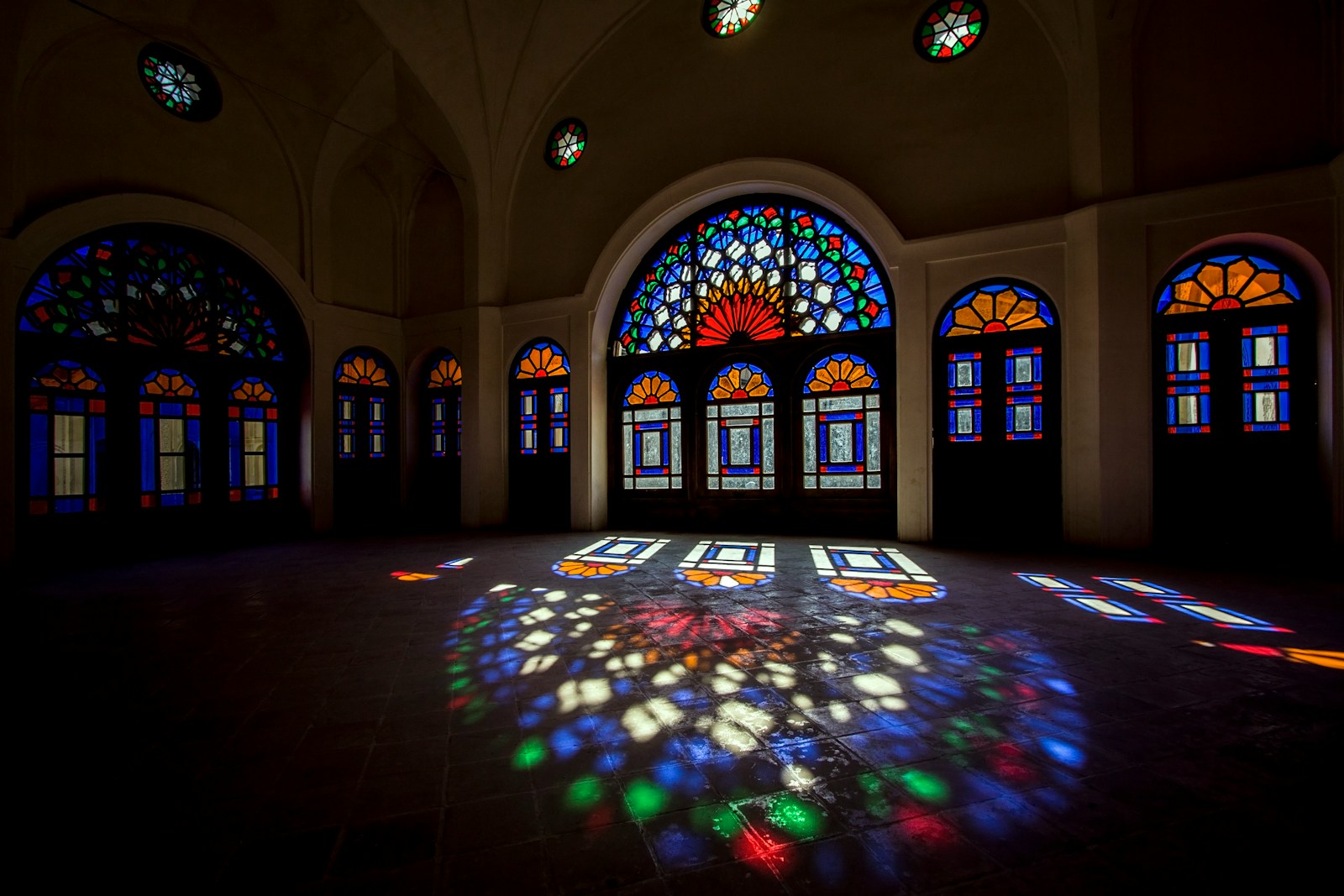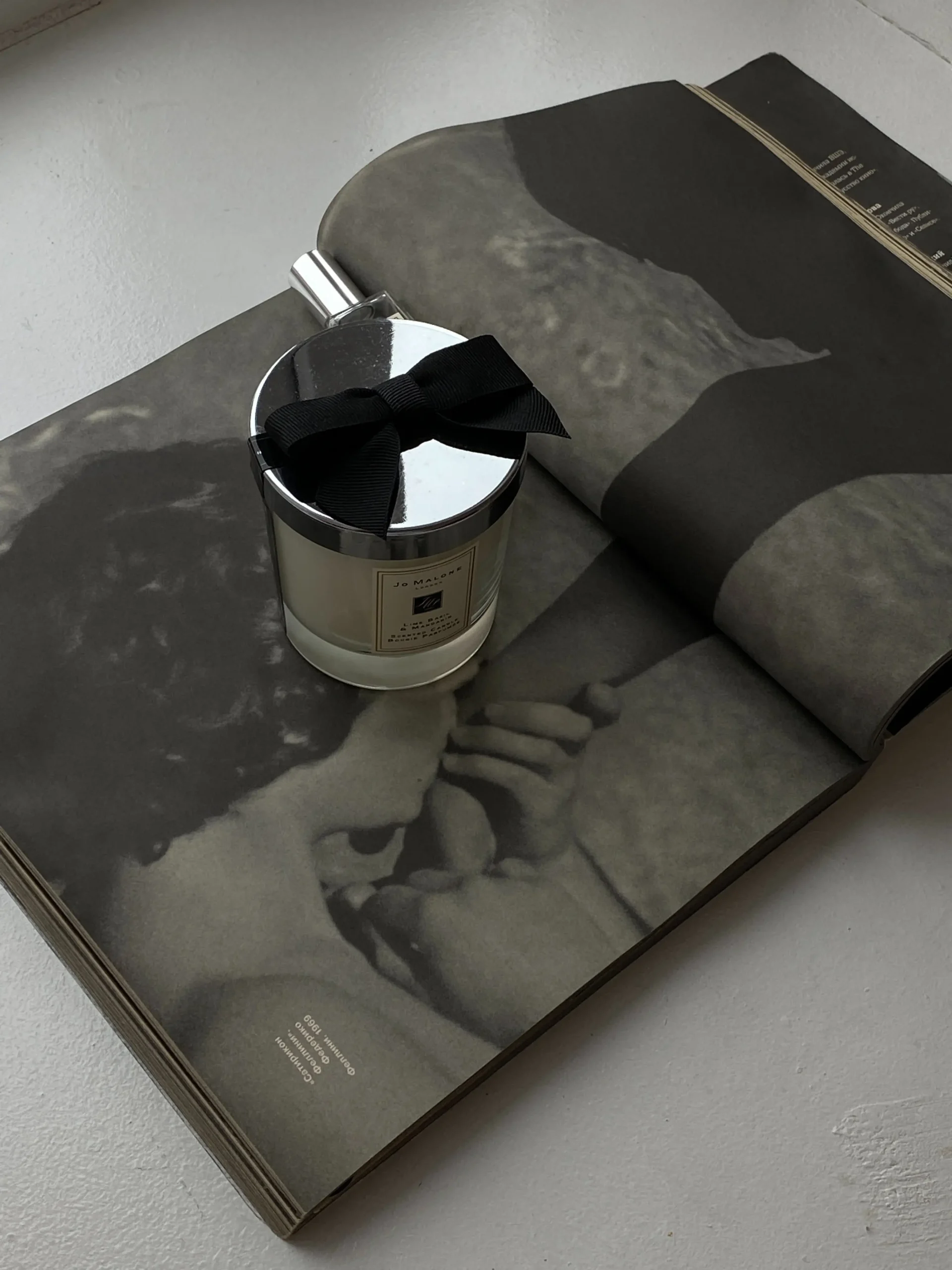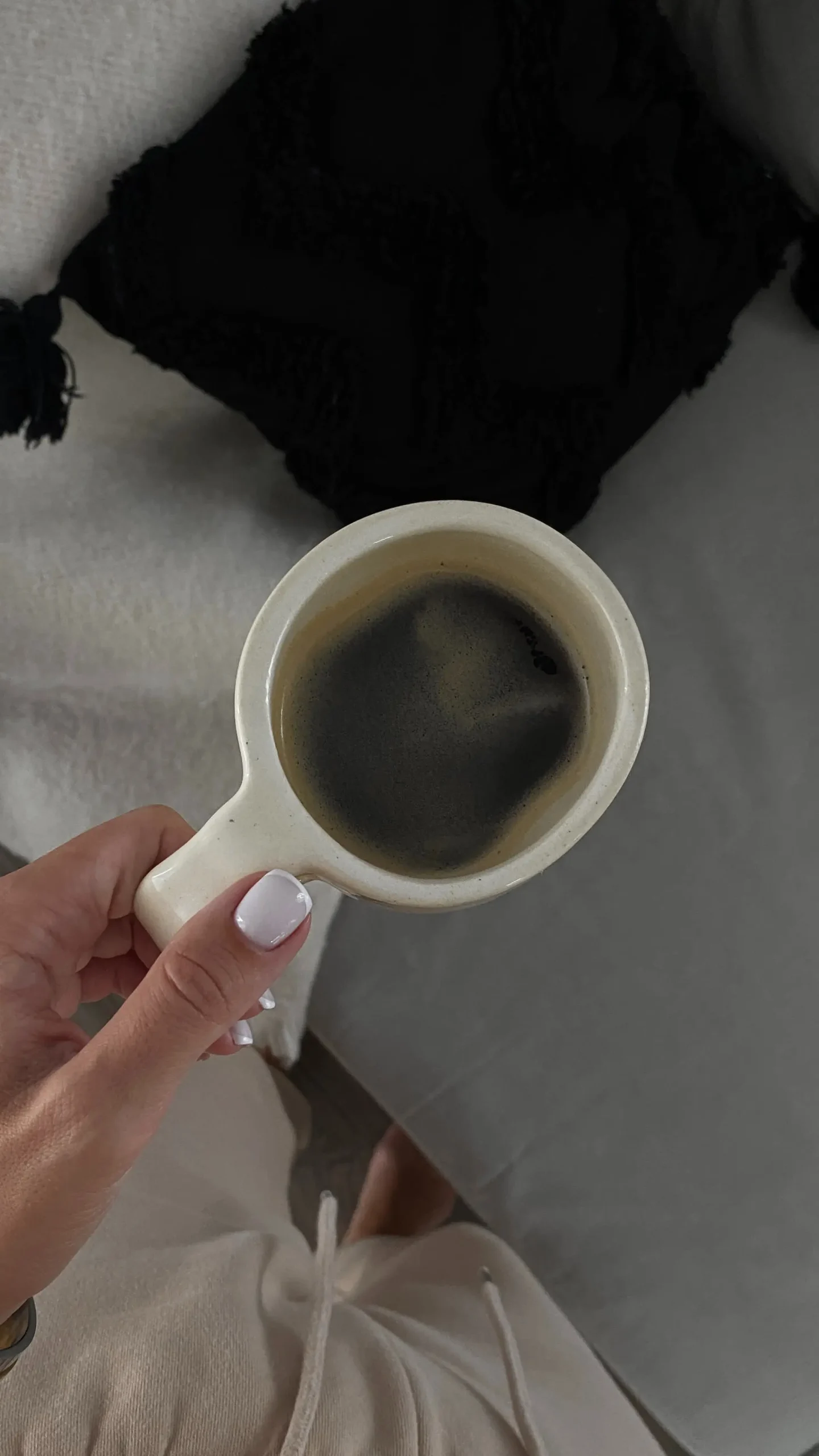Stained glass art, a medium that transforms light into vibrant narratives, has captivated humanity for centuries. More than just decorative, it’s a testament to human artistry, technical ingenuity, and spiritual expression. From the grand cathedrals of medieval Europe to the intimate settings of contemporary homes, stained glass continues to illuminate our world with its ethereal beauty.
The process of creating stained glass is a delicate dance between fire, color, and craftsmanship. First, molten glass, imbued with metallic oxides for coloration, is shaped into sheets. These sheets are then meticulously cut into precise shapes according to a design, often a “cartoon” drawn on paper. The edges of the glass pieces are smoothed and sometimes painted with grisaille, a pigment that allows for shading and detail, before being fired to fuse the paint.

The key to holding these intricate pieces together is lead came, a flexible lead strip with H-shaped channels. The glass pieces are nestled into these channels, forming a mosaic-like panel. Soldering the lead came at the joints creates a strong, unified structure. Finally, the finished panel may be puttied to seal it and enhance its durability.
The history of stained glass art is deeply intertwined with religious architecture. In the Romanesque and Gothic periods, stained glass windows served as “Bibles for the illiterate,” depicting biblical stories and saints’ lives in vibrant colors. The soaring cathedrals of Chartres, Canterbury, and Notre-Dame, with their expansive rose windows and narrative panels, are prime examples of this era’s mastery. The intense, jewel-like colors, achieved through techniques like “flashing” (layering different colored glass), created a transcendent atmosphere, filtering daylight into mystical hues.
READ: In the Hands of Masters: A Journey Through the Craft of European Furniture Artisans
The Renaissance saw a shift towards more naturalistic depictions and the incorporation of perspective, reflecting the broader artistic trends of the time. However, the Reformation led to a decline in religious stained glass production in some regions, as Protestant reformers viewed it as idolatrous.
The 19th century witnessed a revival of stained glass art, driven by the Gothic Revival movement. Artists like William Morris and Edward Burne-Jones, associated with the Arts and Crafts movement, championed the return to traditional techniques and the creation of handcrafted, aesthetically driven designs. This period saw a renewed interest in secular subjects, including landscapes, portraits, and abstract patterns.
The 20th and 21st centuries have seen stained glass evolve further, embracing modern art movements and exploring new materials and techniques. Artists like Marc Chagall and Gerhard Richter have pushed the boundaries of the medium, creating abstract and expressive works that challenge traditional notions of stained glass. Contemporary artists are also experimenting with fusing, slumping, and laminating glass, creating sculptural and three-dimensional works.
READ: Fire and Form: A History of Welding’s Artistic Embrace
Beyond religious and artistic contexts, stained glass has found its place in residential and commercial architecture, adding a touch of elegance and personality to spaces. From Tiffany lamps with their intricate floral designs to modern homes with custom-designed panels, stained glass continues to enhance our living environments.
The enduring appeal of stained glass art lies in its ability to transform light, creating a dynamic and ever-changing visual experience. It’s a medium that bridges the gap between art and architecture, adding depth, color, and narrative to our surroundings. Whether it’s a grand cathedral window or a small, handcrafted panel, stained glass remains a testament to the enduring power of light and human creativity, a vibrant echo of history illuminating our present.





